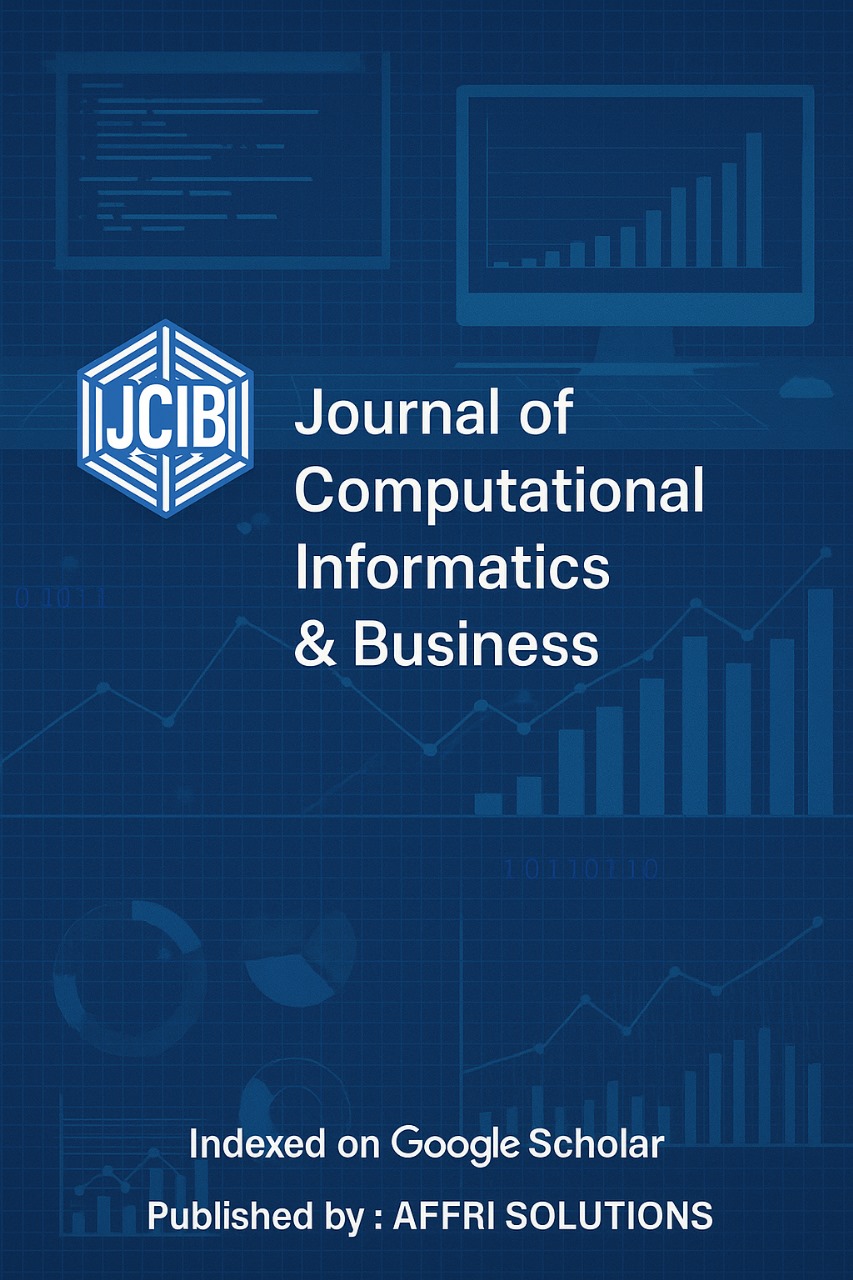Resilience through Integration: Exploring the Impact of Technological and Supplier Management on Supply Chain Efficacy
Abstract
This study investigates the dynamic landscape of Supply Chain Risk Management emphasizing the critical role of strategic variables such as technological integration, supplier management, and global supply chain risk management in shaping supply chain performance. The key purpose of this research is to examine how these independent variables influence the dependent variable, supply chain performance, especially in the context of increasing global volatility.The importance of this study lies in its comprehensive analysis of how proactive strategies can mitigate risks and enhance resilience. It aims to provide a conceptual understanding of how firms can navigate regulatory pressures and external disruptions through adaptive and integrated supply chain models. This includes examining the mediating role of regulatory environmentsand the moderating influence of risk mitigation strategies, such as digital twins, inventory buffers, and scenario-based planning. Conceptual findings reveal that technological integration has a significantly positive effect on real-time decision-making and agility. Regulatory environments serve as filters that mediate the outcomes of strategic decisions, while risk mitigation acts as a safety net to protect against variable impacts. This study provides an integrative framework that maps how interconnectedelements within SCRM can positively influence performance. The findings support the notion that organizations with embedded risk-resilient strategies are better equipped to respond to global supply chain disruptions. The study lays a foundation for futureempirical investigations into how interconnected supply chain elements can collectively drive resilience, adaptability, and sustainability





